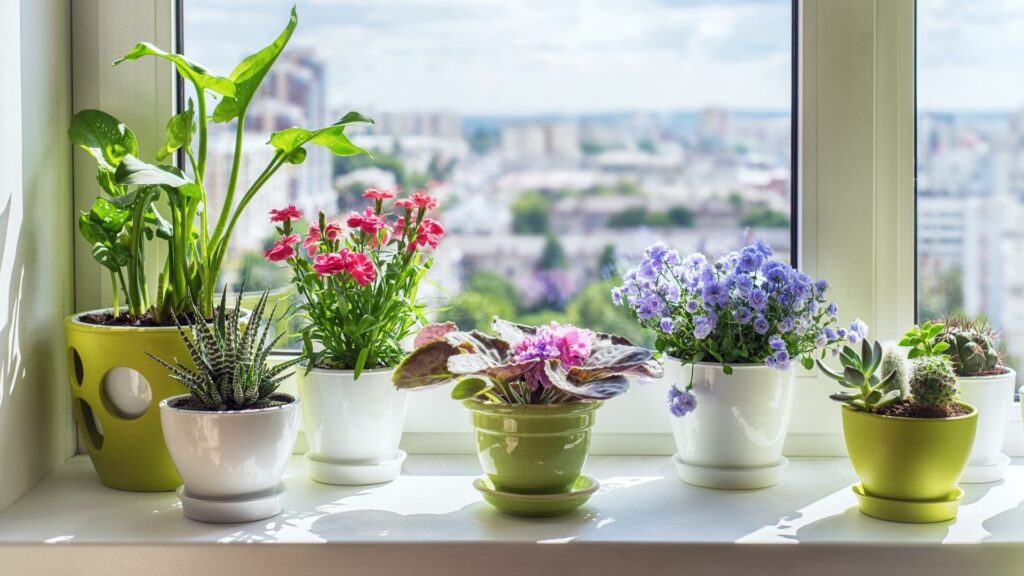
Have a Greener Home
If you’re a plant person who happens to be living in a desert nation, you probably experiment with various ways to bring greenery and flowers into your life. Some people may believe they were born with a brown thumb, but the truth is that everyone can learn to properly care for plants. And especially when the weather is rough outside.
Growing plants inside is not only doable, but also a rewarding hobby in its own right. Newbie indoor gardeners may have more faith in their abilities if they have a better grasp on the ideal location, watering schedule, and lighting conditions for each plant.
The gardening professionals affiliated with Sirwiss have years of experience tending to lush gardens and helping homeowners in the UAE, especially those with indoor greenhouses, maintain their beautiful green spaces. Keep reading to learn how to make your house a home with the help of a few leaves.
What are Indoor Plants?
The term “indoor plant” refers to any plant that thrives in an enclosed space. Indoors, many tropical plants, including palms, can survive and even flourish.
What Qualities Make a Good Indoor Plant?
When choosing an indoor plant, there are a number of qualities to consider.
1. Adaptable to Low Light – Selecting species of houseplants that can survive with minimal sunlight is essential. When looking for a new houseplant, make sure to read the care instructions to see what kind of light the plant requires. You can tell if a plant will thrive indoors by how well it handles low to moderate indirect light. Choose a houseplant that does well in indirect medium-to-bright light if your home receives a lot of natural light. The secret is to know just where to put your plant so that it receives the ideal amount of light at all times. Keep the leaves of low-light houseplants away from windowsills and other areas where direct sunlight can reach them to prevent scorching and browning. Plants that require only a few hours of sunlight per day can be placed under a windowsill or elsewhere in the room where they will receive direct sunlight.
2. Easy to Grow in Containers – Indoor plants always need containers, whether it’s a pot, planter, or something else. If you want your plant to thrive, you need to make sure it doesn’t become rootbound. Houseplants can be grown in just about any container as long as it drains well. Put holes in the bottom of your pot so excess water can drain out. Root rot can develop if water collects at the bottom of the pot, which can happen if there aren’t any drainage holes. The correct container with drainage is essential, even if your houseplant doesn’t need a lot of water. Choosing attractive containers for one’s houseplants is a fun activity in itself. Make sure you get the right size pot for your species, though, so the roots have room to grow.
3. It Filters the Air – NASA conducted a study that determined the roots and soil of numerous houseplant species have the ability to reduce airborne contaminants. The study examined the effectiveness of plant leaves, roots, soil, and microorganisms in filtering and purifying the air. Numerous common houseplants have foliage that reduces indoor pollutants, resulting in clearer, safer air quality. Carbon monoxide, ozone, benzene, and formaldehyde are a few of the contaminants and pollutants that houseplants can absorb. Adding plants to your residence or office may reduce airborne toxins and allergens, resulting in cleaner, safer air to breathe. Which flora purifies the air the most effectively? For the greatest results, use plants such as the areca palm, bamboo palm, English ivy, Ficus, and Boston fern.
4. The Right Size – Some plants will rise to enormous proportions, while others will stay modest in size even when fully grown. Unlike tropical plants and vines, succulents stay manageable in size even when placed on a desk or table. Smaller houseplants are ideal for a desk, a windowsill, or a shelf in the home. It’s also not difficult to relocate them to a better growing environment if you need to. The average height of these plants is about 2.5 feet. Choose a houseplant that will eventually reach a height of three to five feet if you need something more substantial. These plants are perfect for brightening up a dark nook, adorning an entryway, or decorating the space next to a sofa. Taller, more substantial houseplants are great for concealing unsightly wiring or completing an otherwise bare nook.
5. Easy Care – A few well-chosen houseplants can do wonders for the aesthetic value of your space, but only if you don’t have to spend too much time maintaining them. You don’t need a green thumb to take care of most houseplants; you only need to follow a few basic rules. If you want a low-maintenance houseplant, take these factors into account.
1. How much water does the plant need?
2. Does the plant need to be fertilized?
3. How fast does the houseplant grow?
4. What about the room temperature?’
6. Few Watering Requirements – If you’re just starting off with indoor gardening, don’t pick a plant that has to be constantly watered or misted. Watering your houseplants weekly or even every few weeks is sufficient for some species. The soil of most houseplants needs to be maintained damp at all times. Choose a low-maintenance houseplant until you feel more confident. You can always add more difficult-to-care-for houseplants as your skills improve. Try a snake plant, pothos, jade tree, or aloe if you’re looking for low-maintenance plants. You can forget to water these plants once in a while and they will still thrive. This is related to the idea of picking low-maintenance plants. If you have a hectic schedule or just a bad memory, these plants should survive.
7. Beautiful and Unique – Beautiful though they may be, houseplants like ivy and pothos aren’t quite as fascinating as other plant species. Something colorful and visually interesting is a plus in a houseplant, so keep that in mind when you search. If you’re looking to add some genuine flair to your home, try a few succulent plants. There are literally thousands of unique species, hybrids, and hybrid variations of these plants. Another attractive houseplant is a hoya. This unusual plant has thick, waxy leaves and produces clusters of small blooms in shades of pink and white. The swallowtail plant is a good example of a houseplant with striking coloration. Light green leaves with deep burgundy veining give this uncommon houseplant the appearance of butterfly wings. Visit a local nursery or go online to acquire a variety of houseplants that will add a striking, one-of-a-kind element to your interior design.
How Much Light Do Indoor Plants Need?
Continuous, daily sunlight is essential for plants. Plants require approximately 8 hours of light per day. If you’re not sure how much light your plants need, it’s best to learn as much as possible about them.
Indoor Gardening
Indoor gardening is the perfect stress reliever for those who live in small spaces. Anyone yearning for a more intimate connection with nature and a more self-sufficient way of life would benefit greatly from starting an indoor garden.
1. Start Indoor Gardening with Herbs
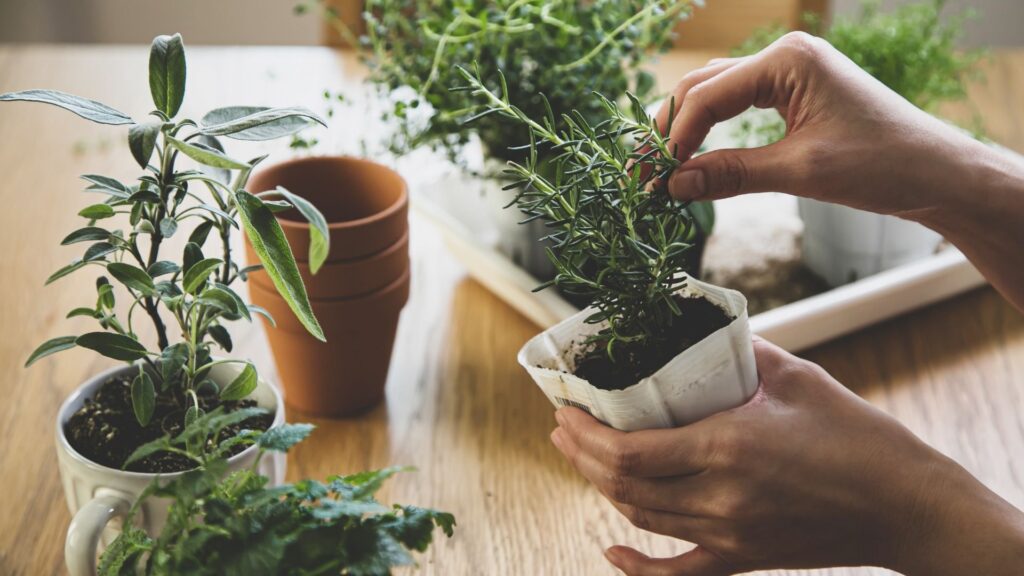
Indoor herb gardening is ideal for novices since herbs have a natural abundance of texture, and because they are not only decorative but also tasty and fragrant. If you have a small kitchen and need to save valuable counter space, a tiered pot display is a great way to do both. You can bunch as many as you need on a hook, and then when you’re ready to use them in a recipe or as a garnish, simply unhook the one you want and set it out.
Growing mint indoors is really simple, which is great because it’s a nice and easy herb to work with. It can be done in a dirt pot or even a bottle of water, but it’s important to have good drainage for the plant’s sake. Plant your mint in a pot filled with high-quality potting soil (a regular soil with peat is OK) and give it plenty of water.
2. Look into Hydroponics
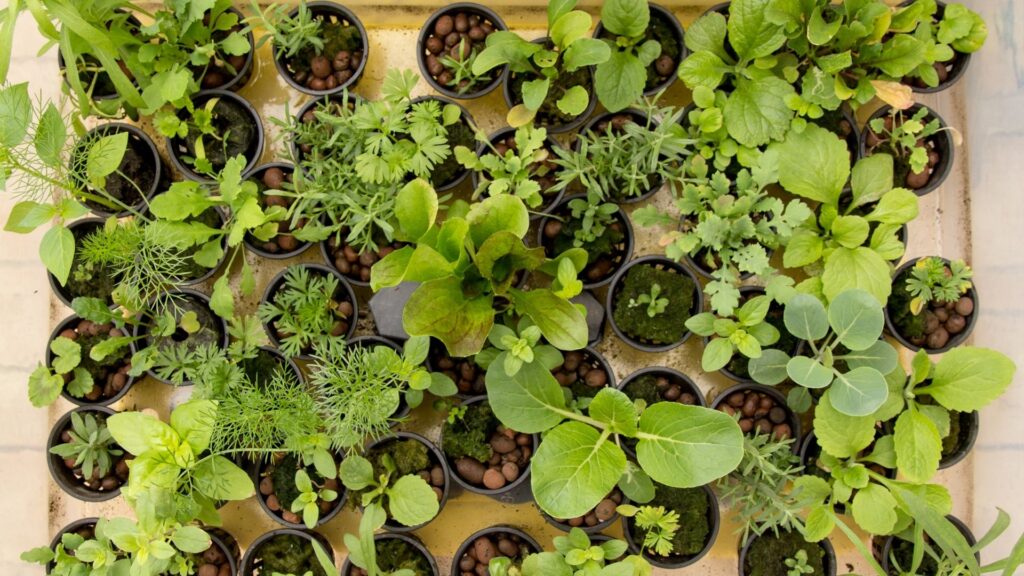
If you want to grow a lush indoor garden, starting your own nursery is the way to go. With the help of hydroponics and indoor growing systems, you may raise a wide variety of plants and vegetables from seed to harvest and (hopefully) consumption at any time of the year. These units look wonderful in modern settings and provide additional illumination if you select white light. They also take up very little floor space. To begin, all you need are seeds and a growing kit, like the.
3. The Right Growing Environment
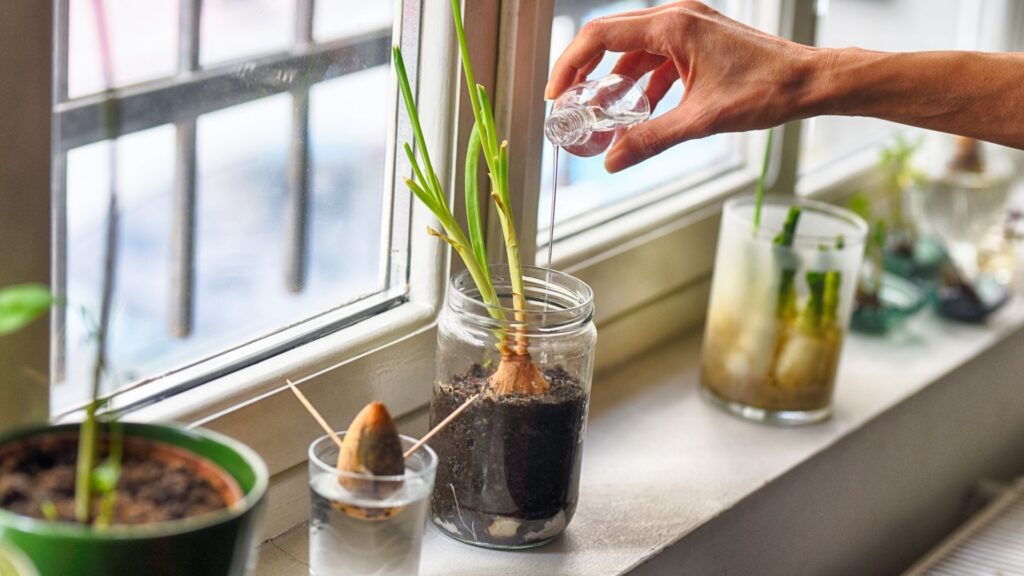
A greenhouse is an indoor and outdoor gardener’s best friend. A greenhouse is ideal for those who want to develop their own gardens from seed, whether it be fruits, vegetables, herbs, or even flowers. With its minimalist design, this little greenhouse is not only a fantastic solution for cultivating and displaying your flora, but also for bringing the enchantment of nature into your home.
4. Use Small Spaces to Grow
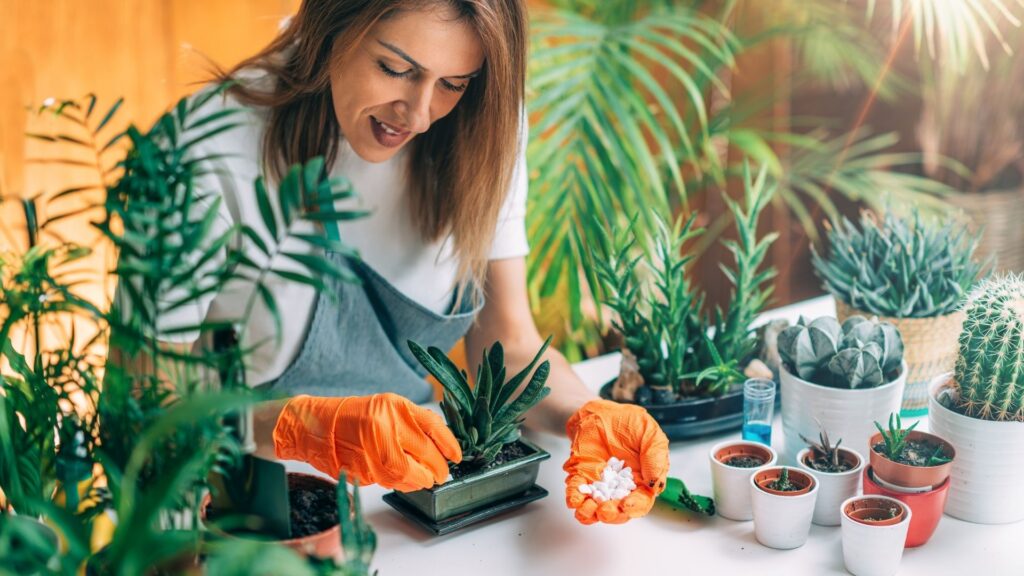
You only need a container, your leftover vegetables, and the proper technique for launch. If you wish to cultivate mint plants in water, simply select 5- to 6-inch-long cuttings from an established mint plant. Remove the lower leaves and place the cuttings in a glass or container filled with water. Place this in a window that receives at least four to six hours of sunlight per day.
5. Use Trailing Plants
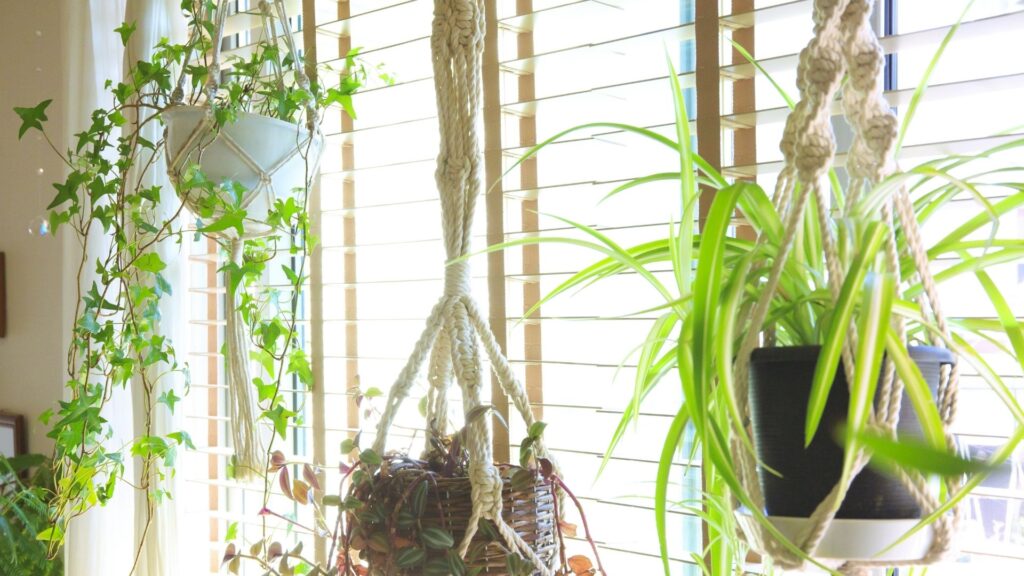
If you’re not concerned with cultivating an edible indoor garden, you can rest assured that there are a multitude of stunning indoor plant varieties available. But if you want a dramatic indoor garden appearance similar to an outdoor living wall, you should consider cascading house plant varieties. Adding living, breathing plants to a space will instantaneously enliven and purify the air. We adore this look as a fantastic alternative to the more conventional gallery wall, and again, if you’re short on space and working with a small living room or other area of your home, adding texture will actually expand the space you have.
6. Create a Tiny Terrarium
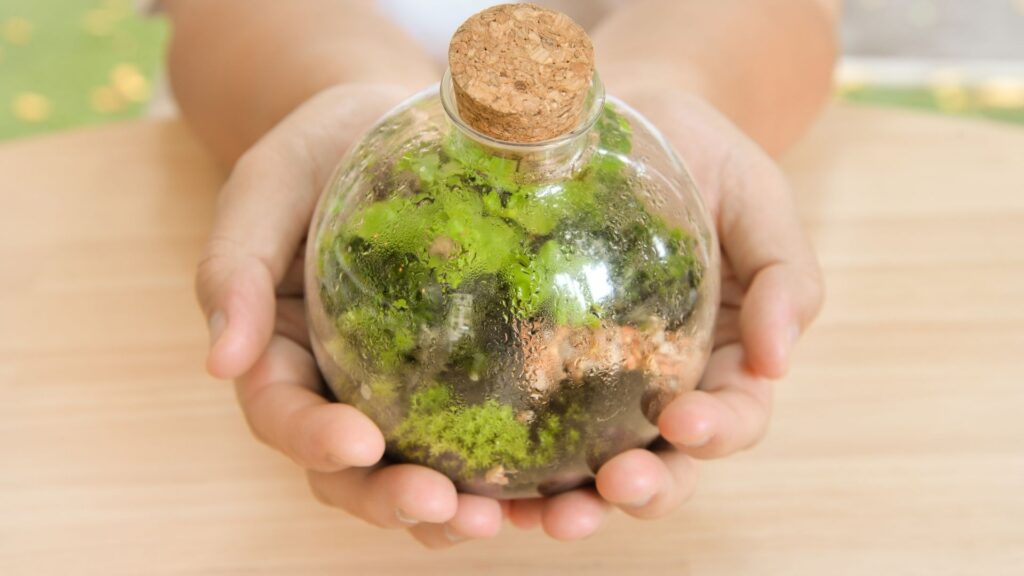
Terrariums are extraordinary objects. Amazingly adorable and packed with their own living and self-sustaining ecosystem. If your space is all about the details, then this indoor garden idea is for you. Fill it with succulents, foliage, and the like, and you’ll find that it makes the ideal addition to a home office, lonely windowsill, or even bedside table. A terrarium is ideal for growers who lack outdoor space due to their minimal space requirements and hassle-free upkeep. This lovely home accessory is perfect year-round, and while it is straightforward to make, you can be as creative as you like. A glass container, soil, some foliage, and a dash of imagination are all you need to transform a container into a miniature landscape.
7. Fill Up Shady Corners
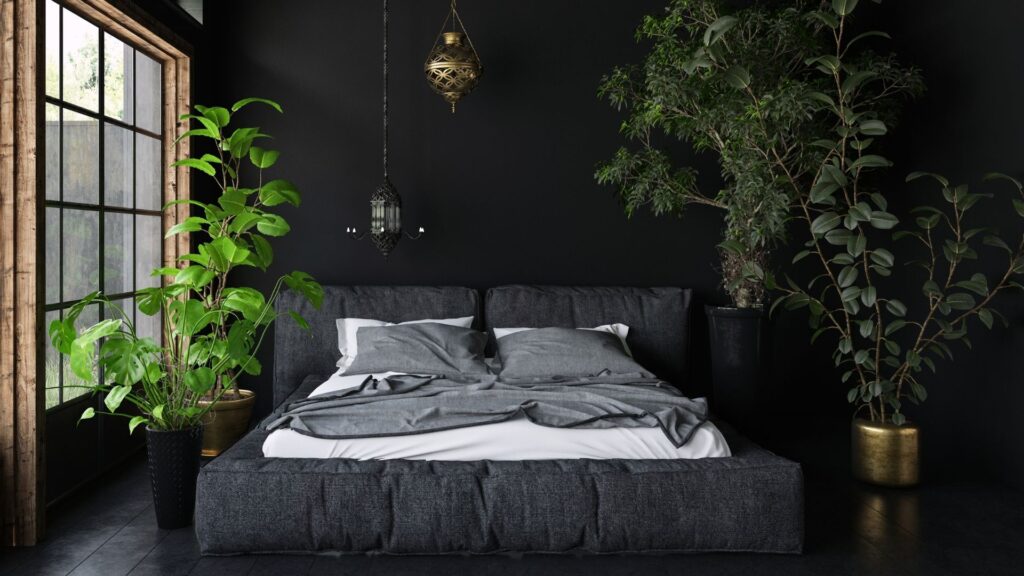
It is possible to help create the ideal environment for these plants by filling in empty spaces with a large number of plants that thrive in moist environments and shadow, such as ferns and spider plants.
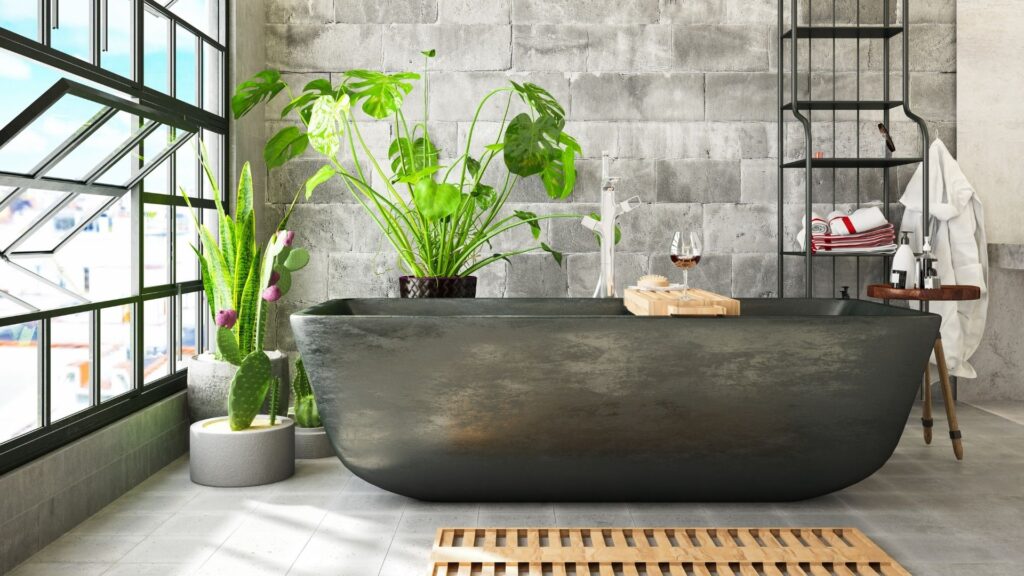
Creating a little space between larger varieties is a wonderful way to display them and provide more diffused light for any sensitive vegetable seedlings or shade-loving houseplants nearby. Experiment with the placement of indoor plants until you find a combination that you like.